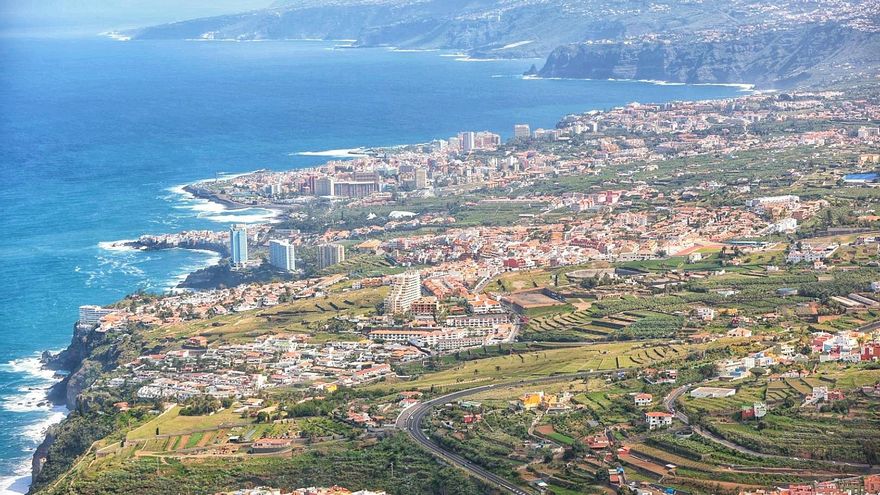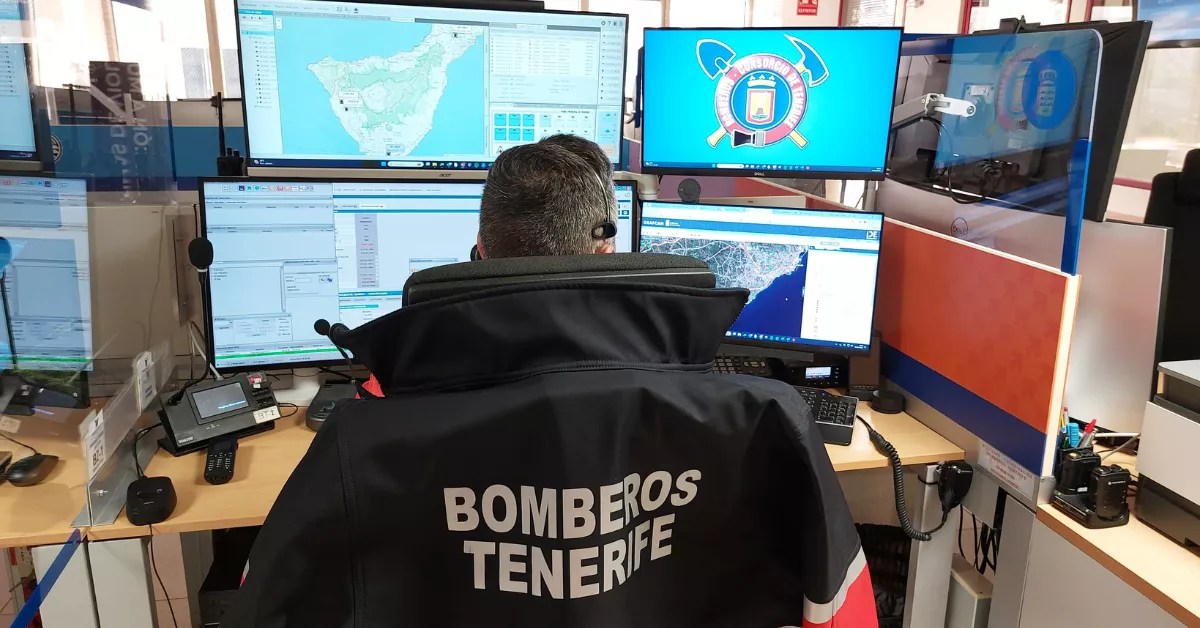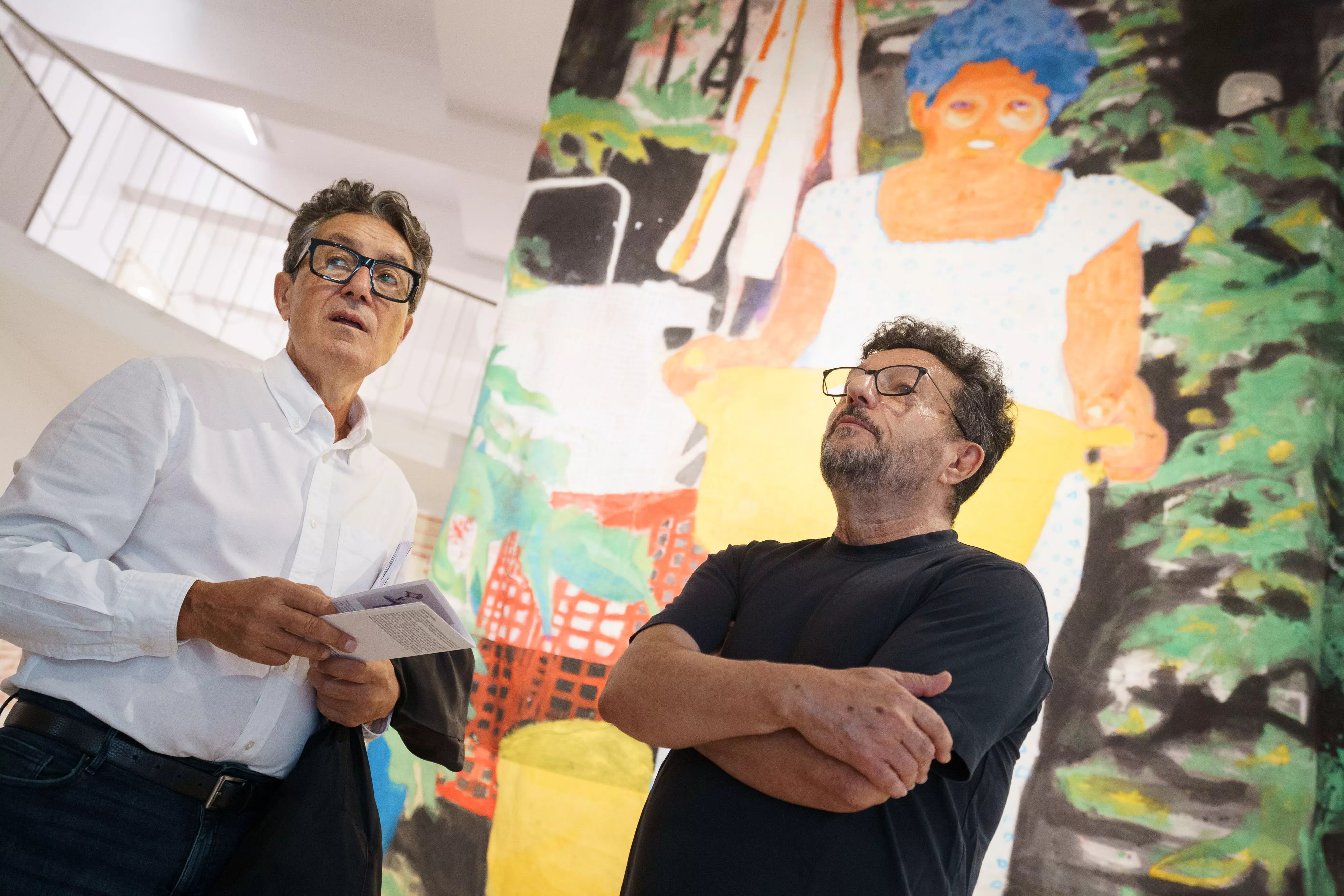
Of the geologist and naturalist Telesforo Bravo Exposito (Puerto de la Cruz, 1913-2002) it was said that “he made the stones speak”. Considered the father of modern studies on the geology of the Canary Islands, he explained in the year 1962 that he Orotava Valley had its origin in a great landslide or avalanche of land. A theory about the origin of the great depressions of Tenerife, which also includes the Guimar Valley already Las Canadas boilerwhich was “completely unprecedented and had never before been formulated on that scale”, as explained by Juan Jesus Coello Bravo in your article When the Islands collapse. Telesforo Bravo and the theory of gravitational slips. This Porto scientist was able to see, before anyone else, that the ground collapsed about 500,000 years ago and formed the enormous scar between 9 and 12 kilometers wide that today is the Valley of La Orotava.
The call La Orotava Pleistocene mega-landslide valley has been officially included in the Inventory of Places of Geological Interest in Spaindeveloped in the framework of the project Canary Islands Geological Interest Placesan initiative of the Geological and Mining Institute of Spain (IGME), financed with European funds and by the Government of the Canary Islands. In addition, this implies that it becomes part of the Spanish Inventory of Natural Heritage and Biodiversity.
For Jaime Coello, from the Telesforo Bravo Foundationthis decision “has enormous importance since it recognizes the heritage value of a space and a natural process that was described for the first time in the world precisely in the Valley of La Orotava and by Telesforo Bravo in 1962. So we can say that we are facing a first place or first site”.
What’s more, Jaime Coello highlights that since its foundation this inclusion is also considered as «a new recognition to the figure of Telesforo Bravo, since it is yet another step in the confirmation of a theory that, when he formulated it, generated almost unanimous rejection from the scientific community. And now hardly anyone disputes it.”
Juan Jesus Coello Bravoa graduate in Geological Sciences, explains in the aforementioned article that «in the 50s and 60s of the 20th century, Telesforo Bravo contributed to the debate fundamental observations, obtained through the investigation of the water galleries of the north of the island. His data allowed him to develop a theory about the origin of the great depressions of Tenerife that, if not completely unpublished, had never before been formulated on this scale. The confirmation, from increasingly numerous works, of the ideas of Telesforo Bravo, had to wait until the last decade of the last century. The new data meant the end of the discussion, and incidentally demonstrated the value of the study of the galleriesof which Bravo was a pioneer, in the reconstruction of the geological history of Tenerife».
The explanation of the origin of Orotava Valley is outlined for the first time in an article by Telesforo Bravoentitled The Cirque de Las Cañadas and its dependencies, published just 60 years ago. He provided “unpublished data on the volcanic formations present in the subsoil of northern Tenerife, obtained from the systematic geological study of the galleries drilled in that sector of the island,” he details. John Jesus Coello.
In that article, Telesforo Bravo “for the first time it relates the formation of the Las Cañadas caldera with that of the Güímar and La Orotava valleys,” says Coello, who adds in that publication that one of his main discoveries was “the presence in the subsoil of the three valleys (Güímar, La Orotava and La Guancha-Icod), under the recent filling lavas and pyroclasts, of a thick layer of fragmentary material, known as mortalon in the jargon of gallery workers. This material is a massive and chaotic breccia, formed by clasts or rock fragments of all sizes and lithologies, encompassed in a clayey-silty matrix». A material that “behaves in many areas, especially if it is saturated with water, in a plastic way, that is, it deforms progressively and permanently under pressure or load”.
These evidences allowed Bravo to explain «the formation of the three depressions by the gravitational slip of large masses on the northern flank of Tenerife. These masses of land moved laterally towards the sea on the plastic and inclined surface of the groin, a formation to which he attributed an explosive volcanic origin». Time and experience proved Telesforo Bravo right in almost everything. Three questions were essential: Saint Helens eruption in 1980 and its great landslide, which made it possible to observe an event similar to what happened in Tenerife; research on the topography and geology of the ocean floorwhich in 1995 served to detect enormous traces of these landslides in the Tenerife seabeds, and the modification of the theory of landslides, raised in 1989 by José Manuel Navarro and Juan Coellowho qualified that the so-called mortalon “It is not a material that originated before the landslides and acted as a detachment surface, but rather the rock avalanche deposits formed by those massive movements.”















